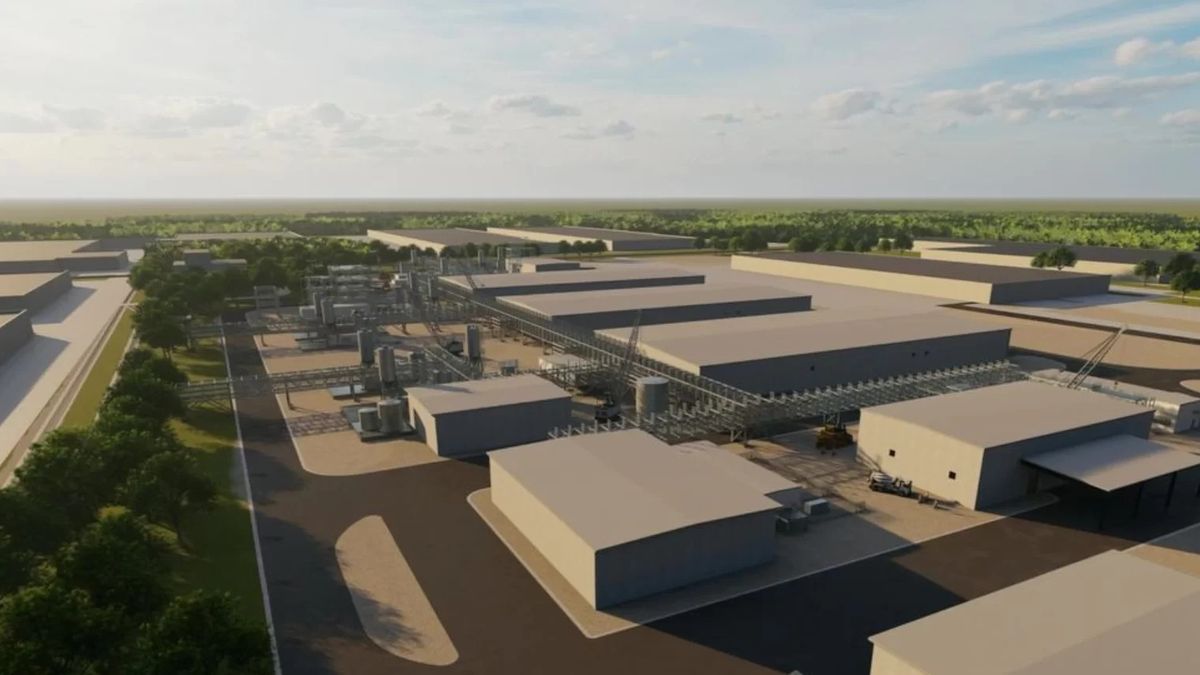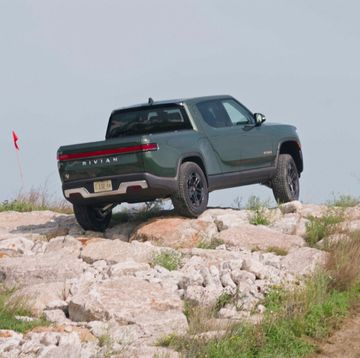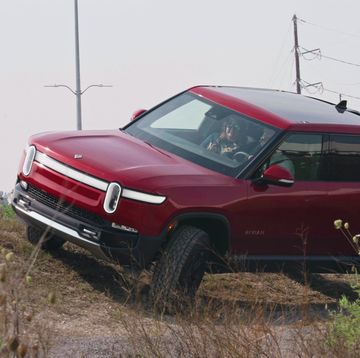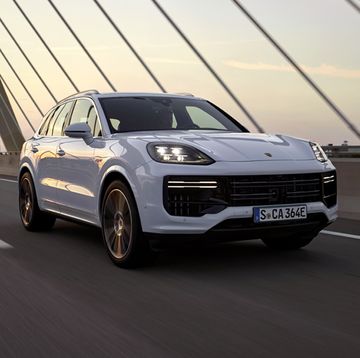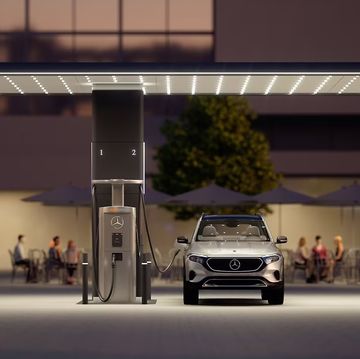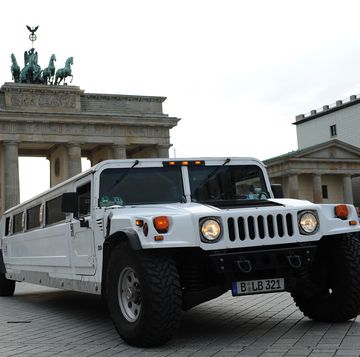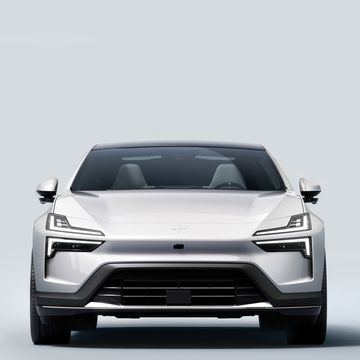- Li-Cycle announced it has been granted a conditional loan from The Department of Energy’s Advanced Technology Vehicle Manufacturing loan program to help expand its lithium-ion. battery recycling progam.
- Recycling the materials from spent lithium-ion batteries is an effective means of producing the raw materials for the creation of new electric vehicle batteries.
- The company and DOE said Li-Cycle would produce enough recycled lithium to supply 203,000 electric vehicles annually.
On February 27 the Department of Energy’s Loan Programs Office (LPO) announced a conditional commitment loan of $375 million to Li-Cycle, a Canada-based battery recycling company with extensive operations in the United States. Together with a $2 billion commitment announced February 9 to Redwood Materials, headed by former Tesla chief technology officer JB Straubel, it amounts to a considerable bet on lithium-ion battery recycling.
Jigar Shah, LPO director, told Autoweek that the US needs an “all of the above” approach to battery recycling. He praised Li-Cycle’s plans for recapturing lithium. “When ramped up, Li-Cycle will be able to produce 8500 tons of lithium carbonate annually,” he said. “Currently, we’re producing 5000 tons in the US. Recycling is the fastest way to get critical minerals into the EV supply chain.”
Li-Cycle says it can capture at least 95 percent of li-ion battery materials, including nickel and cobalt, in a zero-waste process. The company uses a “spoke and hub” approach to recycling. Spokes in Kingston, Ontario; Gilbert, Arizona; Tuscaloosa, Alabama; and Rochester, New York, will supply the intermediate mixed battery material product known as “black mass” to the hub in Rochester, which will convert it to battery-grade lithium.
Shah said the Li-Cycle loan was under federal review for a year, though other loans were approved in a faster six-month process. Li-Cycle is building a $485 million processing facility in Rochester, which is slated to open late this year. A company spokesman said the federal loan “strengthens Li-Cycle’s robust balance sheet and enhances financial flexibility for future network expansion.”
The company and DOE said Li-Cycle would produce enough recycled lithium to supply 203,000 electric vehicles annually, and reduce gasoline use by 80.6 million gallons per year. Ajay Kochhar, CEO and co-founder of Li-Cycle, told Autoweek, “We need a lot of critical materials, and mining and recycling are both parts of the puzzle. The advantage of recycling is that it can deliver a faster path to market.”
Kochhar said the Rochester site was chosen because it was “very plug and play, with the utility hookups we need right there. There are 122 companies there, many of them concentrating on next-generation clean tech.”
Kochhar said that Li-Cycle will be producing approximately 2000 tons of cobalt annually within the next 18 to 24 months. Today, 70 percent of the world’s cobalt comes from the Democratic Republic of the Congo, and horrendous working conditions and child labor have been reported there. “We will need a lot more cobalt,” Kochhar said. “The need for it isn’t going away. Recycling is a promising avenue.”
Li-Cycle also has operations in Europe, with spokes in Germany and Norway—the country with the biggest EV penetration. A European hub location hasn’t yet been set. Asia Pacific is also a possibility.
The LPO’s Advanced Technology Vehicles Manufacturing Loan Program (ATVM) dates to federal legislation passed in 2007. It lent funds to, among others, Tesla and Fisker, and Shah said only 3.5 percent of those loans defaulted. But the failed loan to solar company Solyndra was much publicized at the time. In 2011 Congressional testimony, then-Secretary of Energy Steven Chu said, “While we are disappointed in the outcome of this particular loan, we support Congress’ mandate to finance the deployment of innovative technologies and believe that our portfolio of loans does so responsibly.”
According to Sam Abuelsamid, principal analyst for e-mobility at Guidehouse Insights, “I’m not surprised to see the ATVM program putting money into recycling. This is going to be an essential component of making the EV transition sustainable. We can’t rely entirely on virgin materials for batteries and recovering the materials from production scrap and end-of-life batteries will be the only way to get enough to replace the entire fleet. Companies like Redwood and Li-Cycle are some of the leaders in the space, and no doubt several others will be coming along in the next few years as the available stock of input materials increases.”
Shah said $17 billion remained in the ATVM fund before the Biden Administration added another $40 billion through the Inflation Reduction Act. He pointed to the obvious success of Tesla, which paid back its loans in full, and said, “Making multiple bets is critical.”
Redwood Materials will use its $2 billion loan for the construction and expansion of its battery materials facility in McCarran, Nevada. The plant will produce anode copper foil and cathode-active materials in a closed-loop li-ion battery manufacturing process, with at full capacity the ability to support production of a million EVs per year. Redwood’s partners include Volkswagen, Panasonic, Ford, Toyota, and Tesla. Straubel left his job at Tesla in 2019 to run Redwood.
Other ATVM loans have gone to Ultium and Ioneer Rhyolite Ridge. Ultium Cells’ $2.5 billion loan will help finance the building of new cell manufacturing in Ohio, Tennessee, and Michigan. Ultium is a joint venture between General Motors and LG Energy Solution. Ioneer will get $700 million in loan funds to develop a lithium mining operation in Esmerelda County, Nevada.
Jim Motavalli is an auto writer and author (nine books) who contributes to Autoweek and Barron’s Penta. He has written two books on electric cars, Forward Drive (2000) and High Voltage (2010), and hosts the Plugging In podcast.
Motavalli’s writing has appeared in the New York Times, CBS Moneywatch, Car Talk at NPR, Forbes, US News and World Report, Sierra Magazine, Audubon, and many more. In his spare time, he reviews books and jazz.
